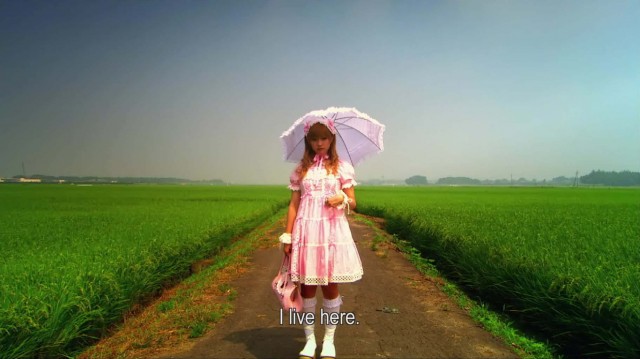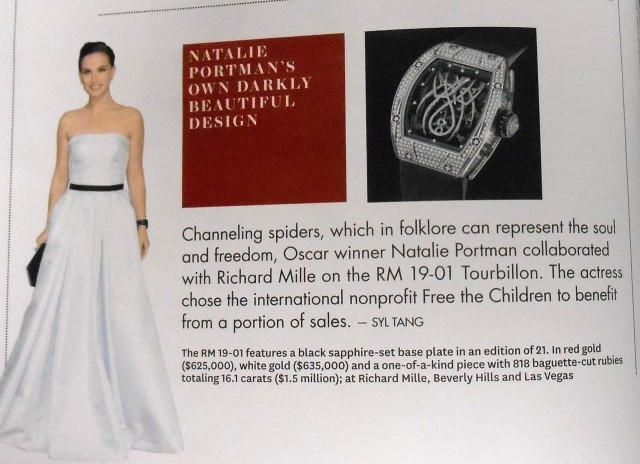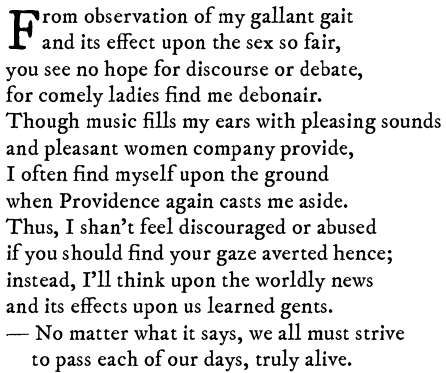A couple of notes from the February First Things:
Mark Bauerlein, “Grammar Rules”
When we consider the vast transformations of politics, culture, science, technology, and daily life since 1600, it is astonishing that we can read Shakespeare’s sonnets and the King James Bible so easily. Relatively little vocabulary has changed, and grammar and syntax not much at all — a sign that language bears elements that resist historical and cultural variations.
John O’Callaghan, via R.R. Reno: The nine bourbons every professor should have, and where to hide them.
9) Early Times. Because, as Walker Percy once wrote, “the noxious particles and the sadness of the old dying Western world and him thinking: ‘Jesus, is this it? Lisening to Cronkite and the grass growing?'” Stash behind Love in the Ruins.
8) Evan Williams. Because it’ll do. Payday isn’t until Friday. Stash behind Lost Weekend.
7) Wild Turkey (101, not 81). Because essential reading requires essential drinking. Stash behind Elmore Leonard’s Three Ten to Yuma and Other Stories.
6) Maker’s Mark. Because sometimes it seems the world isn’t quite as awful as it appears to be. Stash behind Augustine’s Confessions.
5) John B. Stetson. Because sometimes the world is as awful as it seems to be. John B. will help you make it through the night. Stash behind Paradise Lost.
4) Woodford Reserve. Because sometimes class went well. Stash behind Deus Caritas Est.
3) Bulleit. Because if you’re good, it may give up the ghost for you. It did for me. Stash behind Hamlet.
2) Basil Hayden. Because it’s the Catholic Bourbon. Stash behind Wise Blood.
1) Blanton’s. Because Pappy Van Winkle is for rich people and other criminals. Blanton’s is 1/4 the price and is what Christ serves to the saints while they smoke their cigars on the veranda of His Father’s mansion. Stash behind Summa Theologiae.
And from Ricochet:
[Paul Dirac’s] father was as strict a disciplinarian at home as in the schoolroom, and spoke only French to his children, requiring them to answer in that language and abruptly correcting them if they committed any faute de français. Flo spoke to the children only in English, and since the Diracs rarely received visitors at home, before going to school Paul got the idea that men and women spoke different languages.











